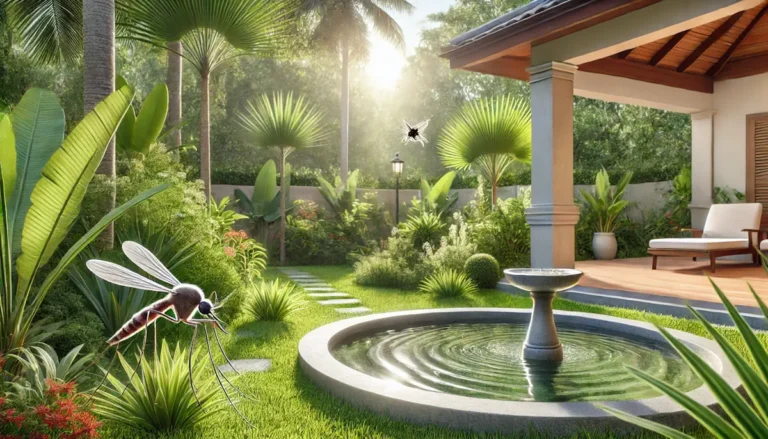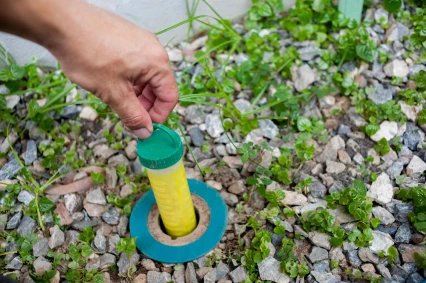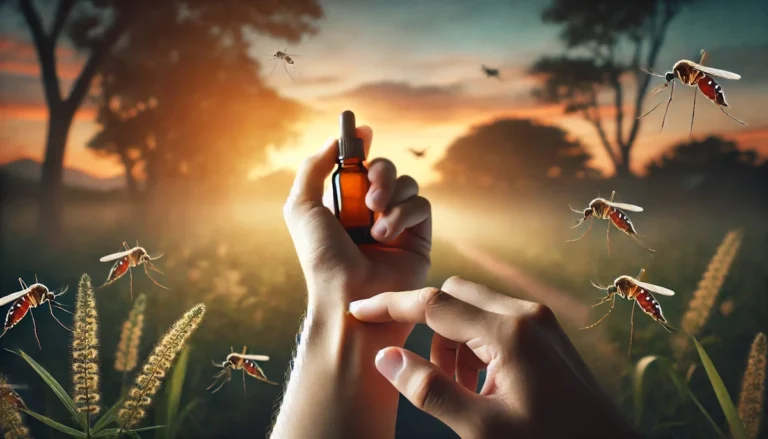Table of Contents
ToggleKey Takeaways:
- Mosquitoes Don’t Feed on Mold: Their diet consists mainly of nectar and, for females, blood needed for egg production.
- Feeding Mechanism: Mosquitoes’ mouthparts are adapted to liquid nourishment, not solid substances like mold.
- Shared Habitat, Not Diet: Mold and mosquitoes thrive in similar damp environments, but they do not consume the same food.
- Environmental Coexistence: The presence of mold might indicate conditions that are favorable for mosquito breeding but not as a food source.
Understanding the dietary habits of mosquitoes can unravel the myths and misconceptions surrounding these ubiquitous insects. One such query that often arises is whether mosquitoes feed on mold or fungus. This article aims to delve into the intricate details of a mosquito’s diet, elucidating facts to dispel any ambiguities.
The Mosquito Diet: An Overview
Mosquitoes are renowned for their blood-sucking behavior, which is primarily associated with female mosquitoes. This hematophagous activity is crucial for egg production. However, both male and female mosquitoes exhibit a predominantly nectarivorous diet, feeding on the nectar of flowers. This sugary source provides them with the necessary energy for survival.
The question then arises: do mosquitoes consume mold or fungus as part of their diet? The simple answer is no. Mold and fungus do not constitute a food source for mosquitoes. While these insects inhabit areas where mold and fungus might proliferate, such as damp and humid environments, they do not derive sustenance from these organisms.
Why Mosquitoes Don’t Eat Mold or Fungus
Mosquitoes lack the physiological adaptations required to digest mold or fungus. Their feeding mechanisms and digestive systems are specifically designed to process liquid nourishment. The mouthparts of mosquitoes, known as proboscises, are adept at piercing skin to access blood or extracting nectar from plants, but they are not suited for consuming solid or semi-solid substances like mold.
Moreover, the nutritional composition of mold and fungus does not align with the dietary requirements of mosquitoes. Mold primarily consists of complex carbohydrates, proteins, and other organic compounds, none of which are essential or suitable for mosquitoes’ energy needs.
Environmental Factors and Habitat Preferences
While mosquitoes do not eat mold or fungus, the presence of these organisms can indicate favorable conditions for mosquito breeding and habitation. Mold thrives in moist, humid environments, which are also ideal for mosquito larvae development. Stagnant water, a breeding ground for both mold and mosquitoes, creates a conducive habitat for mosquito populations to flourish.
Thus, while mold and mosquitoes may coexist in similar environments, they do not share a dietary relationship. The presence of mold can, however, signify a potential increase in mosquito activity due to shared environmental preferences.
A Fresh Look at Mosquitoes and Mold
While it’s true that mosquitoes and mold often inhabit the same damp, humid areas, they don’t share a food relationship. Mosquitoes stick to their nectar-rich diet and, in the case of females, seek blood for egg development. By understanding their dietary preferences, you can better address environmental factors that make your home attractive to both mosquitoes and mold.
If mosquitoes are becoming a problem around your home, contact On Demand Pest Control today. We provide expert solutions to reduce mosquito activity and make your living space more comfortable, mold-free, and mosquito-free.




